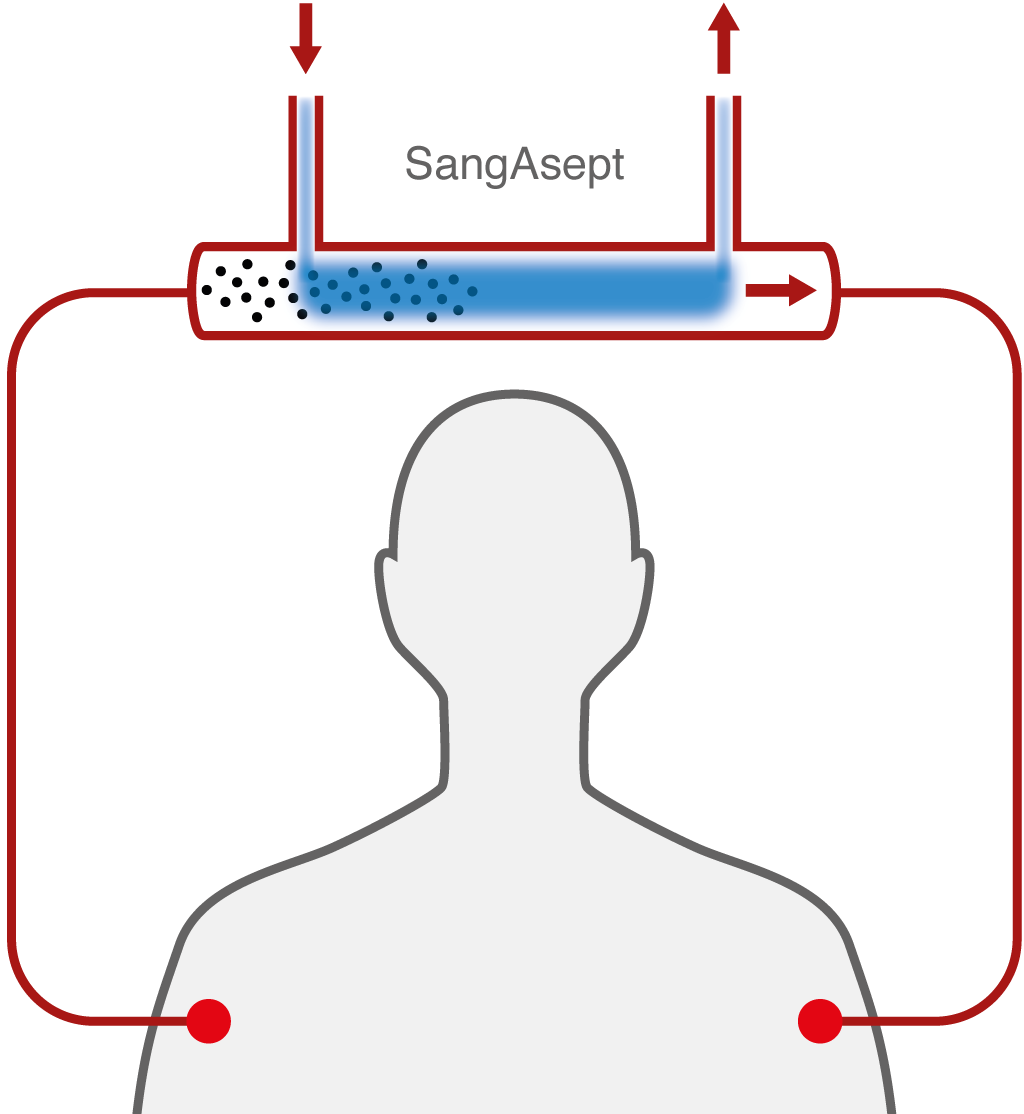”Vi har utvärderat SangAseptsystemet i två separata vetenskapliga arbeten, en med bakterien e. coli och en med bakterien pseudomonas, och vi har sett att systemet har potentiellt bakteriepåverkande effekter. I det senaste arbetet såg vi intressanta och oförväntade effekter på immunsystemet. Dessa initiala studier behöver följas upp med mer forskning för att utvärdera hur effekterna påverkar sepsisförloppet.
Sepsis är en av de viktigaste orsakerna till död globalt, och det kan, trots modern sjukvård, vara svårt att bota de svårast sjuka patienterna. Ett nytt system som skulle visa sig kunna minska bakterier, och påverka immunsystemet i en positiv riktning, skulle kunna vara en game-changer i modern sepsisvård. Ett effektivt system som skulle visa sig minska mortaliteten i sepsis skulle vara intressant att använda på varje modern intensivvårdsavdelning.”


